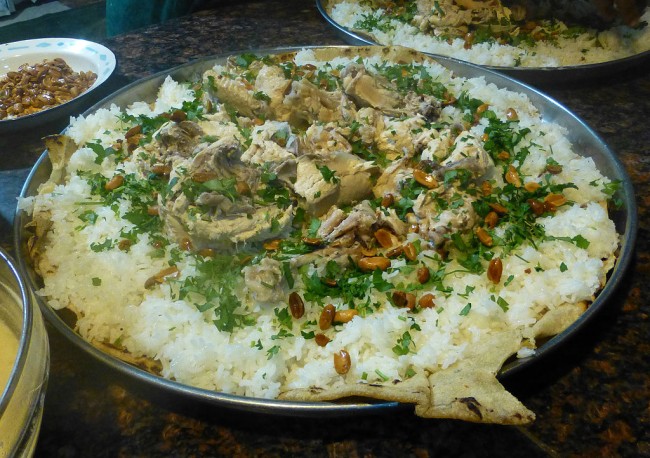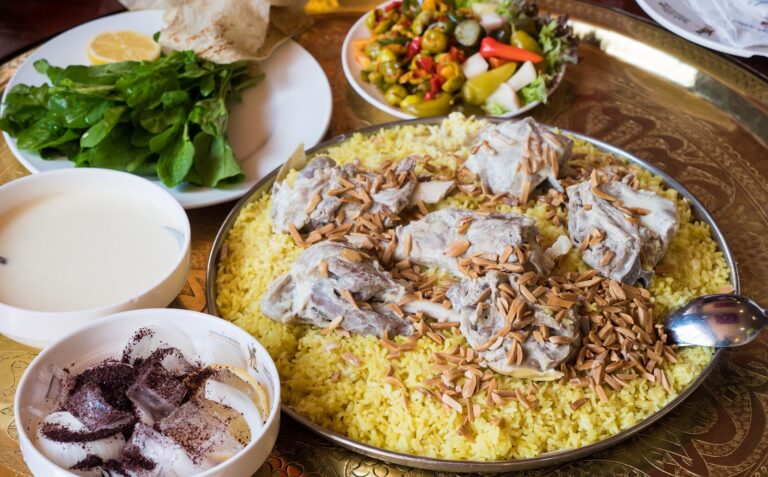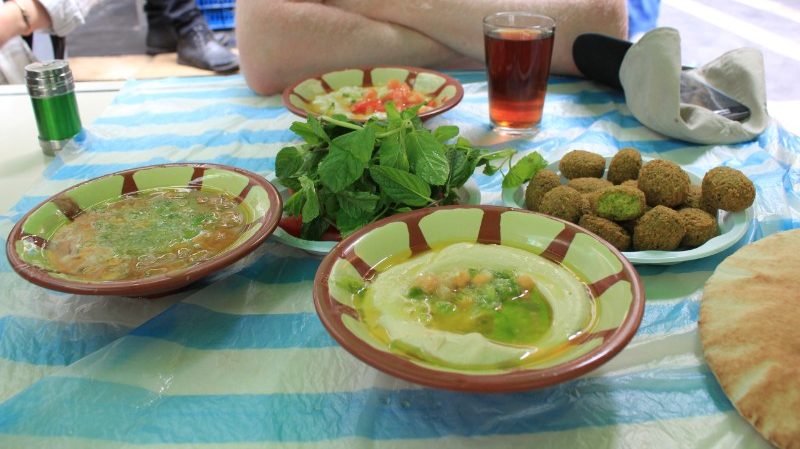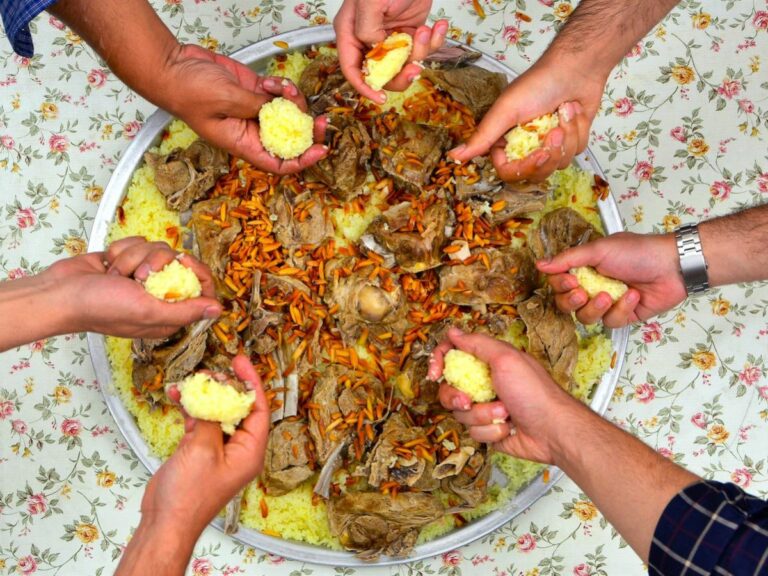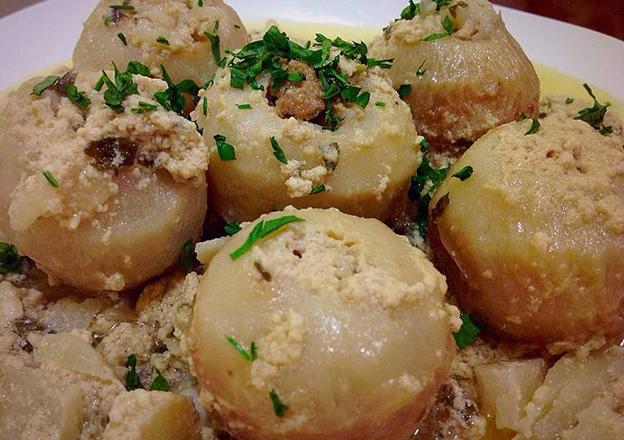Introduction: A Glimpse into Jordanian Breakfast Culture
Breakfast is considered the most important meal of the day in Jordanian society. Jordanians take pride in their breakfast culture and consider it an essential part of their daily routine. They believe that a nutritious and hearty breakfast sets the tone for the rest of the day. Jordanian breakfasts are usually a blend of traditional Arab and modern Western-style dishes. The variety of dishes and ingredients used in Jordanian breakfasts cater to different tastes and preferences.
The Staples of Jordanian Breakfast: Bread, Cheese, and Olives
Jordanians usually start their day with a light breakfast consisting of bread, cheese, and olives. Bread is the most essential component of a Jordanian breakfast, and there are various types of bread available. The most popular breads are khobz, a round, flatbread, and shrak, a thin, unleavened bread. Cheese is another essential component of a Jordanian breakfast, and there are different types of cheese available, such as jibneh and shanklish. Olives are also a staple ingredient in Jordanian breakfasts, and there are various types of olives available, such as green olives and black olives.
The Role of Herbs and Spices in Jordanian Breakfast Dishes
Herbs and spices play a significant role in Jordanian breakfast dishes. Jordanians use a variety of herbs and spices to add flavor and aroma to their breakfast dishes. Some of the most widely used herbs and spices include za’atar, a blend of herbs including thyme, sumac, and sesame seeds, and cumin, which is used in falafel and hummus. Another important spice is baharat, which is a blend of seven spices, including cinnamon, nutmeg, and allspice. Herbs such as parsley and mint are also commonly used in Jordanian breakfast dishes.
The Sweet Side of Jordanian Breakfast: Jams and Pastries
Jordanians love their sweets, and there are various sweet dishes and condiments that are popular in Jordanian breakfasts. Jams and spreads such as honey, fig jam, and date jam are commonly eaten with bread and cheese. Pastries such as qatayef, a sweet stuffed pastry, and sambousek, a savory or sweet pastry filled with cheese or nuts, are also popular choices for breakfast.
Beverages at Jordanian Breakfast: Tea or Coffee?
Jordanians usually drink tea or coffee with their breakfast. Tea is more commonly consumed, and it is usually brewed with fresh mint leaves, which gives it a refreshing taste. Arabic coffee, which is strong and flavored with cardamom, is also a popular choice. In recent years, Western-style coffee has become more popular, and many cafes and restaurants now offer a variety of coffee options.
Special Occasion Breakfasts in Jordan: Mansaf and More
On special occasions, such as weddings and holidays, Jordanians often prepare a more elaborate breakfast, which usually includes mansaf, the national dish of Jordan. Mansaf is a traditional dish made with lamb, rice, and a tangy yogurt sauce called jameed. Other special occasion breakfast dishes include falafel, hummus, and fattoush salad. These dishes are usually served family-style, with everyone sharing from the same platter or bowl.

